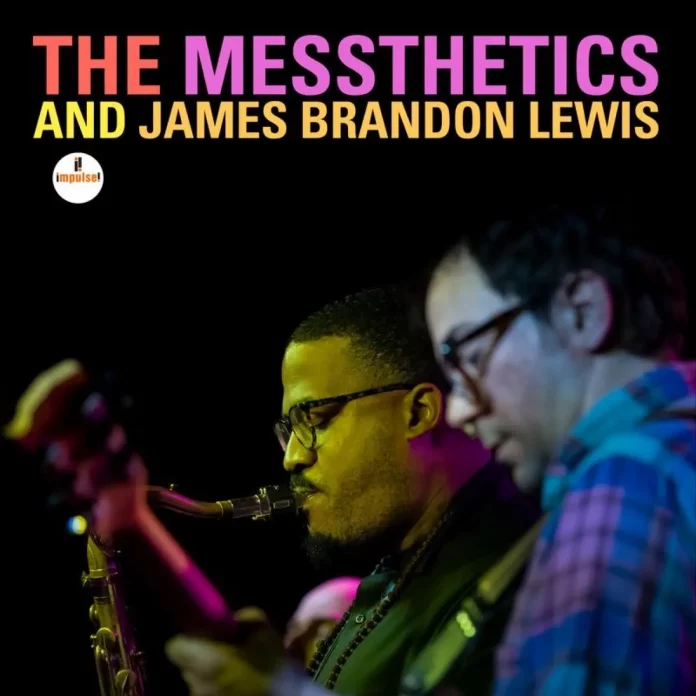Is “punk jazz” a thing outside of the heady world of marketing? If it is then I guess this album fits the definition if it describes music that falls outside of the contemporary jazz mainstream by dint of edge and an audible measure of commitment.
Take the guitar work on Emergence, which has about it an energised quality that places it closer to the broader notions of rock guitar than the post-Charlie Christian / post-Wes Montgomery / post-John Scofield schools. The band doesn’t so much coalesce around that work as take up the impetus it provides. Thus notions of leadership are subverted, and rightly so.
That Thang is in essence a “blowing vehicle” but the music defies both the visual image of flags waving and the audible image of a string of solos, although both Pirog and Brandon Lewis (in that order) do “shout”. Three Sisters (not the Linda Hoyle / Lynton Naiff song of the same title) runs the gamut from reflection to a level of animated activity that suggests just the right amount of rehearsal was put in before the music was committed to posterity. Boatly suggests the same but in more reflective terms. It’s the closest thing this set has to a ballad, on which Brandon Lewis takes the opportunity to offer a different facet of his undoubted art.
This album is on the Impulse label and can thus be measured against a revered catalogue. Those with an ear for the qualities of the music may find themselves enjoying (as I did) an invigorating blast the like of which doesn’t come along very often in these post-everything days.
Discography
Emergence; That Thang; Three Sisters; Boatly; The Time Is The Place; Railroad Tracks Home; Asthenia; Fourth Wall (46.17)
James Brandon Lewis (ts); Anthony Pirog (g); Joe Lally (b); Brendan Canty (d). Tonal Park Studios, Washington DC, no date.
Impulse! Records

